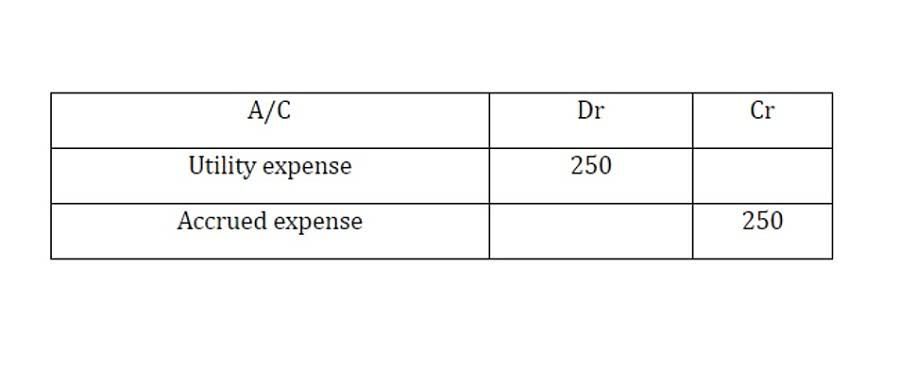Financial Forecasting using Percent of Sales Method & How to Calculate Projected Retained Earnings

Let’s look at a practical example to help you understand how to apply the percentage of sales method. This method is helpful for contractors who need to make financial projections based on past performance. It’s especially useful for predicting the resources percent of sales method calculator needed to handle upcoming projects and expenses. Even then, you have to bear in mind that the method only applies to line items that correlate with sales. Any fixed expenses — like fixed assets and debt — can’t be projected with the percent of sales method.
How the percentage of sales method is used in financial forecasting

But you need to link these to implement the percentage of sales method. Following a few simple steps, you can forecast future revenues and expenses to ensure your business stays on track. It lets you look at past sales to make smart predictions for the future.

How to calculate the percentage of sales formula
Most businesses think they have a good sense of whether sales are up or down, but how are they gauging accuracy? So, I am sure now you know everything about how to calculate the percentage of sales. From the above example, you can see that sales expenses have a higher percentage of sales than do administrative expenses. You may want to compare the percentage of sales to different categories of expenses in addition to total expenses. For example, if you want to calculate the percentage of how many days it rained in a month, you would use the number of days in that month as the total amount.

Establish the Projected Growth and Latest Yearly Revenue Figures
- Say Jim runs a retail running shoe store, and has the following line items he wants to forecast.
- You can compare your results with industry averages to understand how well your business is performing.
- Knowing how to calculate sales growth can tell you whether you are doing as well as or better than your peers.
- Companies with credit sales will want to keep tabs on their accounts receivable to ensure bad or aged debt isn’t building up.
- In our example, John examines whether COGS is tied to his sales.
- We’ll walk through an example with a positive net income, but we will also point out spots where problems could occur and lead to a negative net income.
Bad debt expense represents the money that customers owe but are unlikely to pay. Estimating collection shortfalls is https://www.bookstime.com/ an important part of managing cash flow. Identify which financial elements to track along with your sales numbers.
- If your sales increase by 20 percent, you can expect your total sales value in the upcoming quarter or year to be $90,000.
- But you’re not done yet because you can have it apply the changes to the entire column when you update numbers.
- Bad debt expense represents the money that customers owe but are unlikely to pay.
- Examine how these items change in response to sales variations.
Article • 8 min read
Then, divide the result by the net sales of the prior period. Multiply the result by 100 to get the per cent sales growth. When calculating the expense to sales ratio, take both fixed and variable expenses into account. This will include expenses such as rent, utilities or other factors.
But at its core, sales percentage is your way of measuring how well your sales are doing against the grand total. The evolution of Percent of Sales calculation has made it more accurate and efficient. The different formulas and methods have been developed to cater to the different needs of businesses. This forecasting helps the company allocate resources effectively and prepare for the expected financial demands of the coming year. The business projects that its sales will increase by 20% next year, resulting in projected sales of $1,200,000.
Knowing how to calculate percentages will help you not only score well on a math test but in the real world as well. You can work out percentages to calculate how much to tip at restaurants, find the percent change of a price, or even determine statistics of your favorite sports team. We’ll walk you through the main types of percentage problems you’ll see in math homework and business, and we’ll give you everyday examples of percentage calculations.
- Tracking the ratio is helpful for financial analysis as the store might need to change its credit sales policy or collections process if the ratio gets too high.
- In this guide, I will walk you through the journey of calculating sales percentages.
- One way to change this ratio is by managing levels of sales and costs.
- These elements show how sales affect your business’s finances.
This method helps businesses estimate future expenses, profits, and cash flows based on their projected sales. By expressing certain costs and expenses as a percentage of sales, companies can create more accurate and manageable financial plans. The Percent of Sales Method involves projecting future financial metrics by applying a consistent percentage to expected sales figures. This percentage is typically derived from historical data, making the process relatively simple and intuitive.
Determine asset and expense amounts based on revenue increase
Have you ever found yourself staring at a bunch of sales numbers, wondering how to make sense of them in a way that reduces your costs and increases your profits? These resources provide reliable information on Percent of Sales calculation and other financial concepts. They can be used for further research and to gain a better understanding of financial concepts. Are you tired of your boss asking you to calculate the Percent of Sales every month?
Share article
When performing any financial calculations, accurate data is your number-one priority. With Zendesk Sell, keeping track of your customers and your transactions is easy. Our CRM platform is user-friendly, compatible with existing software, and workable with hundreds of additional software companies. This method is seen as more reliable because it breaks down the probability of BDE by the length of time past-due.
